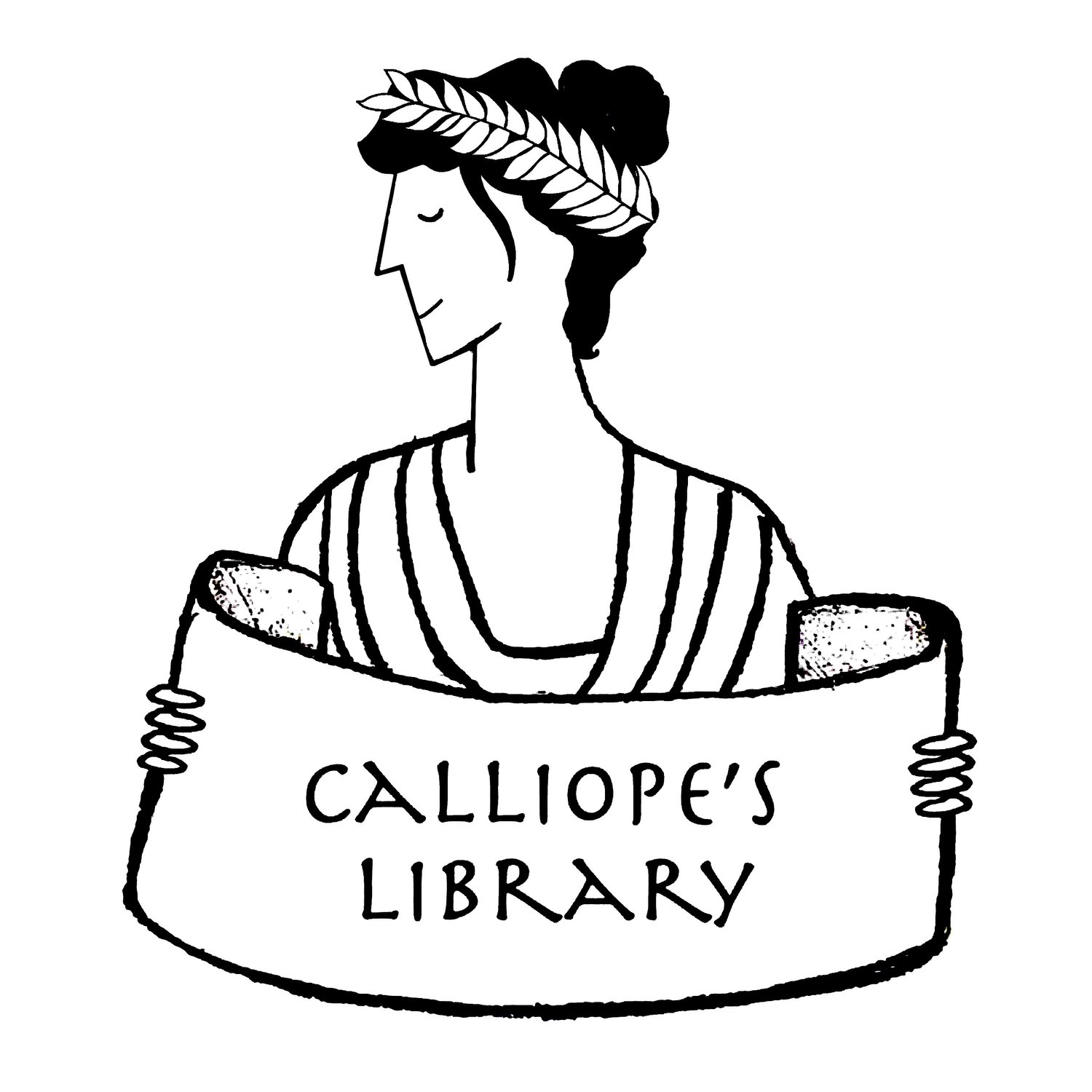Title: What’s your angle, Pythagoras?: A Math Adventure
Illustrator: Phyllis Hornung
Date: 2004
Tags: Preschool, Picture book, ancient civilizations, Greece, Egypt, Biography, Pythagoras, Mathematics, Ancient worlds,
What’s your angle, Pythagoras? is a fictional story of how the ancient Greek scholar and mathematician Pythagoras discovered the Pythagorean theorem: a2 + b2 = c2. That might sound like a boring math lesson, but the lively drawings and clever characterizations in this story make it a fun math lesson, and a very fun read, too.
No accounts survive of Pythagoras’s early life, and all the ancient biographies about him are clearly more legend than fact. As a result, author Julie Ellis has a free hand to imagine her story. She sets her story in Pythagoras’ youth, and pits her curious young hero against a series of baffled adults struggling with building and navigational problems. Ellis’s Pythagoras lives on the Greek island of Samos during the Hellenistic period and he travels to Egyptian Alexandria, just like his real counterpart. There he is inspired by an Egyptian architect to explore the relationship between the sides of triangles and discovers his mathematical formula first by playing with a knotted rope, then with a collection of loose floor tiles. Kids can experiment with him, and the tiles make the idea of “squaring” a triangle’s sides make sense.
This book is full of fun details that young readers will love. Two builders that Pythagoras overhears arguing about angles are named “Saltos” and “Pepros,” and the Egyptian architect introduces himself as “Neferheperhersekeper.” There is a short historical note at the end, just to prove that the book is inspired by a real person and his accomplishments, even if the story is fictional. Young readers who like math will certainly love this book, as will any kids with an interest in machines and engineering. Don’t hold back if you or your young reader isn’t mathematically inclined, though. Any readers who enjoy a story about a kid solving problems that puzzle adults will appreciate it, too. – Krishni Burns


